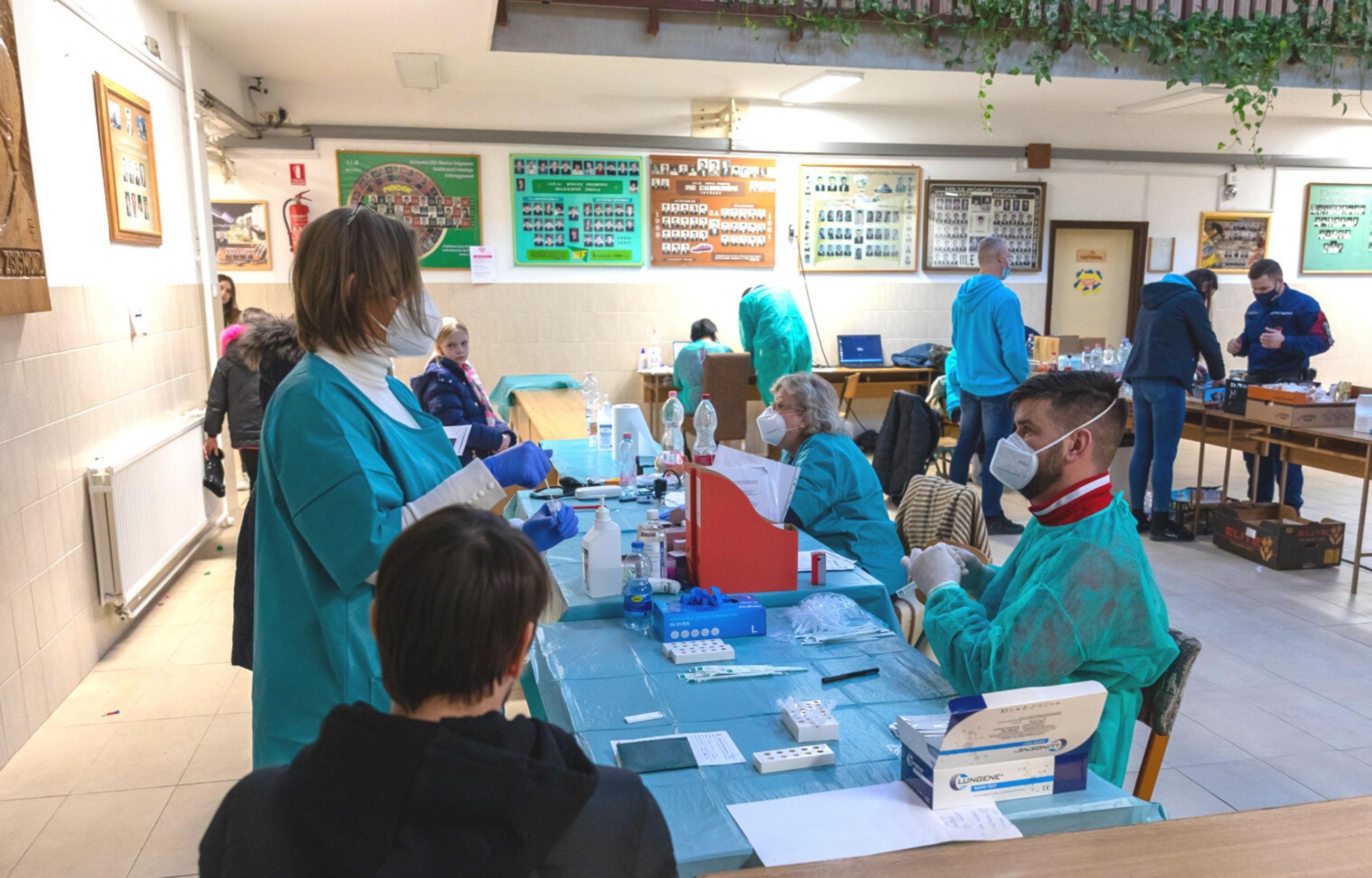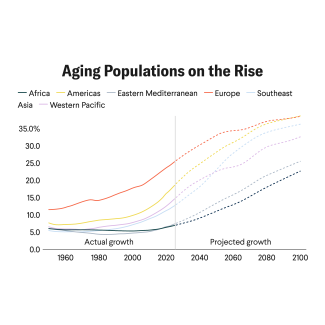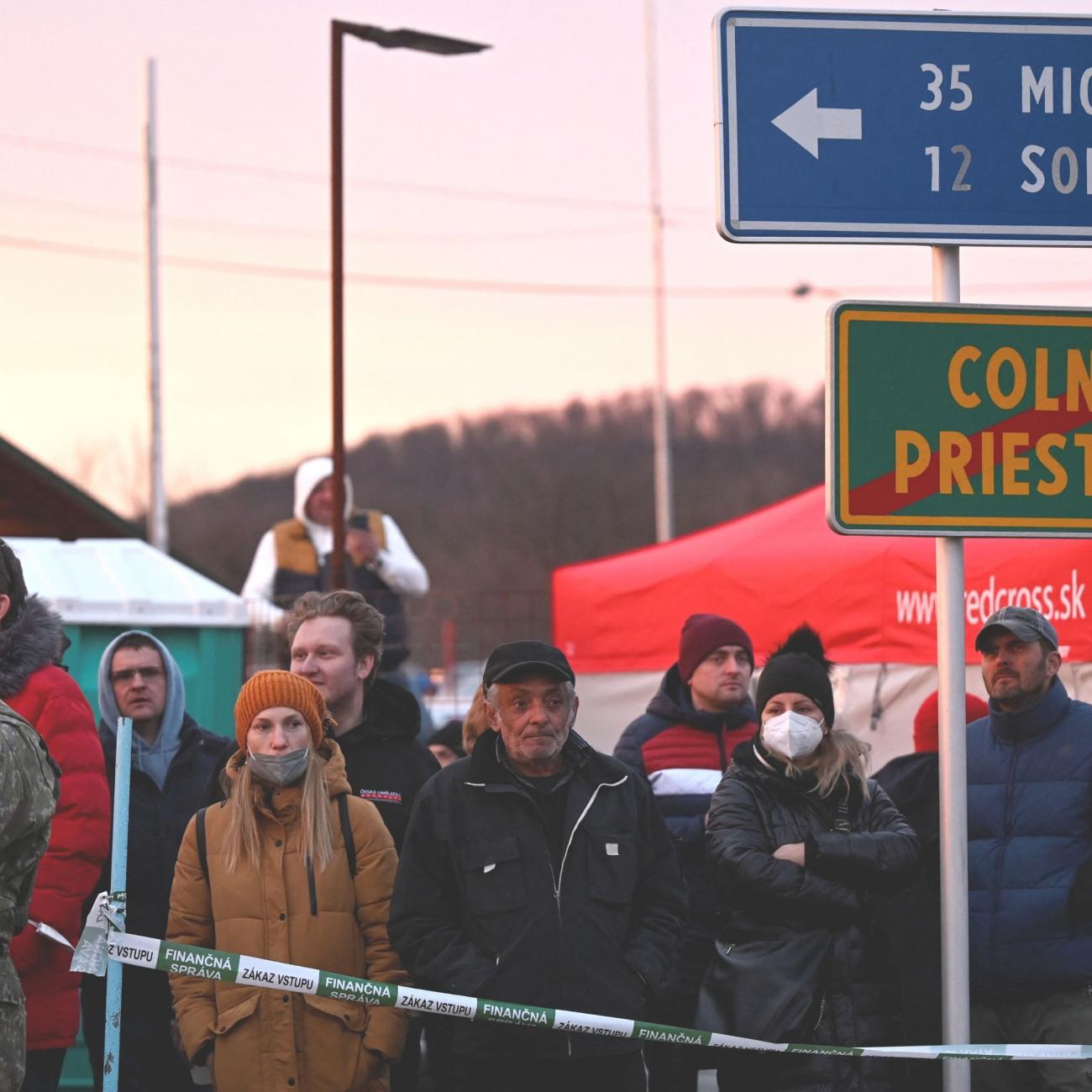As of March 18, more than 291,000 Ukrainian refugees have fled to Hungary, a neighboring European Union and NATO country with a population of 9.8 million. At the start of the Russian invasion of Ukraine three weeks ago, Hungary opened its borders to people fleeing the devastation of the war. On March 3, the EU agreed to trigger the Temporary Protection Directive that, among many other benefits, gives refugees access to the public health-care schemes of the receiving country. But how does it work in practice? How do Ukrainians receive the medical attention they need in Hungary, a country with universal free health care?
The Budapest-based Migration Research Institute (MRI) has made frequent visits to the 85-mile-long Hungary-Ukraine border since the start of the war. A recent op-ed written by two MRI researchers on the ground highlights that even though the five border crossings on the Hungary-Ukraine border are open 24/7, people crossing from the Ukrainian side can expect an 8- to 10-hour-long wait. This is the result of efforts by the Ukrainian border guards to screen out military-age men with a computer system that keeps crashing. Presently, 90 percent of those crossing the border into Hungary are women and children.
As of March 18, more than 291,000 Ukrainian refugees have fled to Hungary
Refugees arriving from Ukraine have 24/7 access to medical care in temporary facilities located at the registration sites they visit after crossing into Hungary. In addition to urgent care, the sites are equipped with mobile pharmacies that provide medicine for chronic illnesses, such as diabetes and high blood pressure. The bulk of the medicine comes from the National Healthcare Reserve, Hungary’s strategic stockpile of medical supplies, but large amounts of private medical donations are contributing as well. So far, refugees with physical injuries haven't been arriving in significant numbers in Hungary. However, if the situation changes, the capacity of the temporary facilities can be expanded.
Since only 35 percent of Ukrainians are fully vaccinated, the COVID-19 pandemic is an extra complicating factor at the border. Everyone crossing into Hungary from Ukraine is subject to temperature measurement. Refugees with a fever are isolated and tested for COVID-19. Staff members also check vaccination status and unvaccinated refugees are offered the jab at the registration points. But when it comes to vaccinations, COVID-19 is not the only challenge. The vaccination rates of Ukrainians against mumps, measles, and rubella is also lower than the average basic vaccination rate in Hungary.
Only 35 percent of Ukrainians are fully vaccinated, so COVID-19 is an extra complicating factor at the border
NGOs, notably the Hungarian Red Cross, are also active at the border, their efforts coordinated by the Hungarian government in order to evenly distribute their resources between the different border-crossings. Volunteer doctors, including psychologists and nurses, tour the towns located in the border area in buses that function as fully equipped mobile health centers. Private actors are also pledging generous contributions: for example, a Ukrainian-owned private clinic in Budapest started offering free ambulatory care for Ukrainian nationals.
So far, the care provided for refugees seems to be more than adequate. MRI researchers on the border remarked that the medical facilities set up at the border-crossings have not come under strain yet. But this could change if the war engulfs Western Ukraine too. Filippo Grandi, UN High Commissioner for Refugees recently noted, that the fall of Kyiv or fighting in Western Ukraine could trigger a second wave of more vulnerable refugees, without resources or foreign connections to rely on. Finally, if Russian bombs start falling closer to the Hungarian border, refugees with more severe physical injuries might also start reaching the medical facilities set up at the border.




